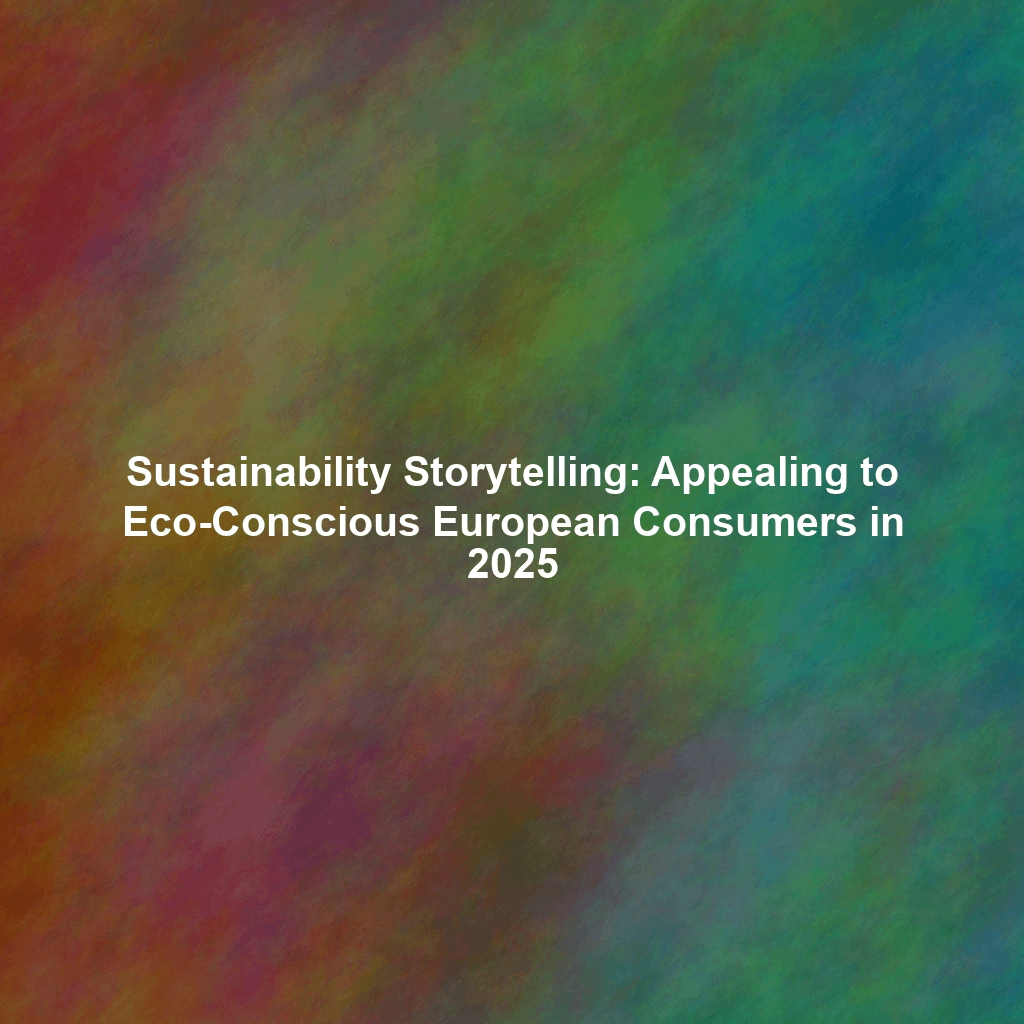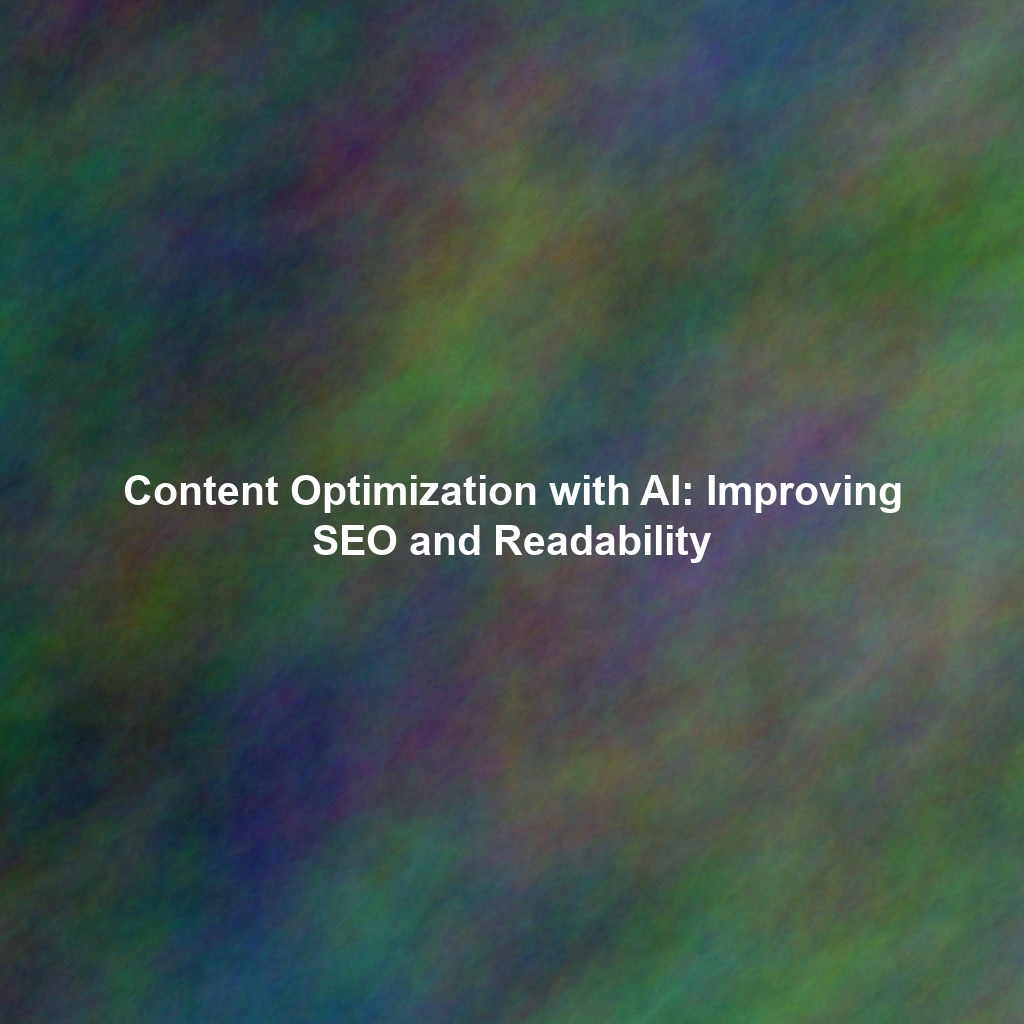The Evolving Landscape of Sustainability in Europe
The European Union’s ambitious environmental targets, coupled with growing public awareness, are shaping a new era of consumerism. Legislation like the Green Deal is driving significant changes, forcing businesses to adopt more sustainable practices. Consumers are increasingly factoring environmental impact into their purchasing decisions, demanding transparency and accountability from the brands they support. This isn’t just a trend; it’s a fundamental shift in consumer behavior.
Key Drivers of Eco-Conscious Consumerism:
- EU Regulations: Stringent environmental policies are setting a high bar for businesses.
- Increased Awareness: Consumers are better informed about environmental issues and their impact.
- Value-Driven Purchasing: Consumers are actively seeking out brands that align with their values.
- Demand for Transparency: Consumers expect brands to be open and honest about their sustainability efforts.
- Social Pressure: A growing sense of collective responsibility is driving sustainable choices.
Crafting Authentic Sustainability Stories
In a world saturated with marketing messages, authenticity is paramount. European consumers are quick to spot insincerity, and greenwashing can have devastating consequences for a brand’s reputation. Therefore, your sustainability story needs to be deeply rooted in genuine actions and measurable results.
Transparency is Key:
Don’t just tell consumers you’re sustainable; show them. Provide concrete data, certifications, and evidence to back up your claims. Share your challenges and setbacks along with your successes. Honesty builds trust and credibility.
- Share Data: Publish environmental impact reports, carbon footprint assessments, and waste reduction statistics.
- Embrace Certifications: Obtain recognized sustainability certifications (e.g., B Corp, Fair Trade) to validate your claims.
- Be Honest About Challenges: Acknowledge areas where you need to improve and outline your plans for the future.
Focus on Impact, Not Just Features:
Instead of simply highlighting the “eco-friendly” features of your products or services, focus on the positive impact they have on the environment and society. Tell stories about the lives you’re changing, the ecosystems you’re protecting, and the communities you’re supporting.
- Highlight Environmental Benefits: Quantify the positive impact of your initiatives, such as reduced carbon emissions or conserved resources.
- Showcase Social Responsibility: Share stories about how your business is contributing to social causes and improving the lives of others.
- Connect with Emotion: Use storytelling techniques to create an emotional connection with your audience and inspire them to take action.
Involve Your Audience:
Sustainability is a shared responsibility, and consumers want to feel like they’re part of the solution. Invite them to participate in your sustainability initiatives, solicit their feedback, and empower them to make a difference. This creates a sense of community and strengthens your brand’s relationship with its customers.
- Launch Crowdsourcing Campaigns: Invite consumers to share their ideas and contribute to your sustainability efforts.
- Create Interactive Content: Develop quizzes, polls, and surveys to engage your audience and gather valuable insights.
- Partner with Influencers: Collaborate with sustainability advocates to amplify your message and reach a wider audience.
Content Marketing Strategies for Sustainability Storytelling in 2025
Effective sustainability storytelling requires a multi-faceted content marketing strategy that leverages various channels and formats.
Utilize Video Storytelling:
Video is a powerful medium for conveying emotion and showcasing the impact of your sustainability initiatives. Create documentaries, short films, and animated videos that tell compelling stories about your brand’s commitment to environmental responsibility.
Embrace Interactive Content:
Interactive content, such as quizzes, calculators, and virtual tours, can engage your audience and provide them with personalized information about your sustainability efforts. For example, a carbon footprint calculator can help consumers understand their environmental impact and encourage them to make more sustainable choices.
Leverage Social Media:
Social media is an essential platform for sharing your sustainability stories and engaging with your audience. Use visually appealing content, such as photos and videos, to capture attention and spark conversation. Run social media campaigns that promote sustainable behaviors and encourage consumers to share their own stories.
Optimize for Search:
Ensure that your sustainability content is optimized for search engines so that consumers can easily find it. Use relevant keywords in your titles, descriptions, and body text. Build backlinks from reputable websites to improve your search engine rankings.
Partnerships for Impact:
Collaborate with other sustainable brands, NGOs, and influencers to amplify your message and reach a wider audience. Joint campaigns can create a powerful synergistic effect and demonstrate a united commitment to sustainability.
Examples of Effective Sustainability Storytelling
Several brands are already leading the way in sustainability storytelling. For example, Patagonia consistently shares stories about its environmental activism and commitment to responsible manufacturing. Interface, a global flooring manufacturer, has been transparent about its journey to become a carbon-negative company. These brands have earned the trust and loyalty of consumers by being authentic, transparent, and committed to making a positive impact.
Conclusion
In 2025, sustainability is no longer optional; it’s a necessity for brands seeking to connect with European consumers. By embracing authentic, transparent, and compelling sustainability storytelling, brands can build trust, loyalty, and a strong reputation. By focusing on impact, involving their audience, and leveraging a multi-faceted content marketing strategy, brands can effectively communicate their commitment to environmental responsibility and resonate with the values and expectations of the modern European consumer. The future of business in Europe is sustainable, and storytelling is the key to unlocking that future.
 Skip to content
Skip to content

